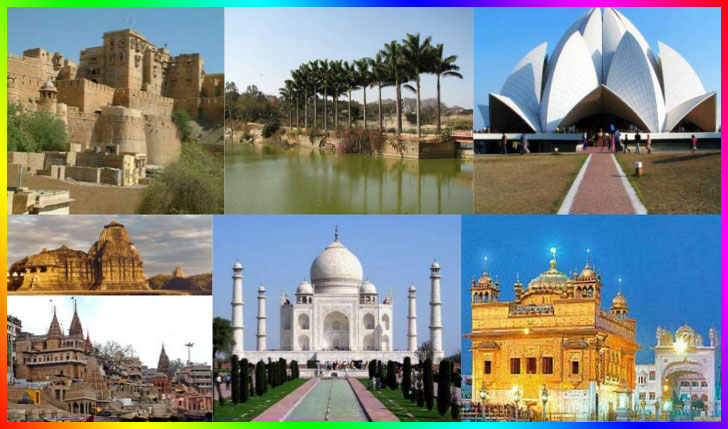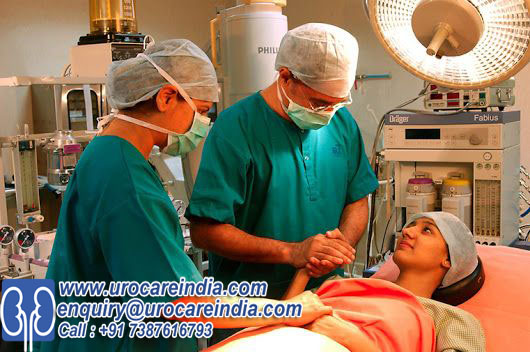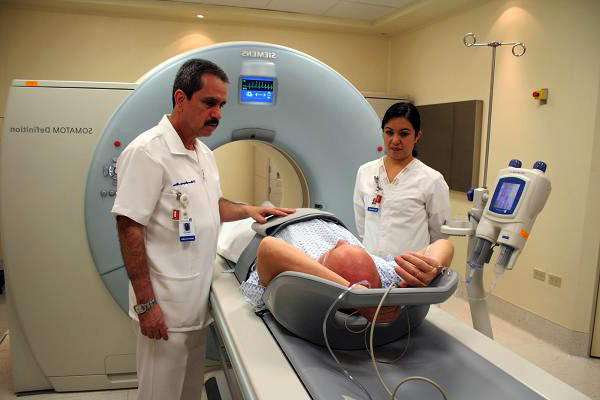DESPITE THE SLOWDOWN THAT THE TRAVEL AND TOURISM INDUSTRY IS FACING CURRENTLY, IT IS PROJECTED AS ONE OF THE WORLD’S BIGGEST INDUSTRIES. SHEETAL SRIVASTAVA GIVES AN OVERVIEW
By the year 2020, projection is that there would be six billion tourists worldwide and tourism receipts would touch USD 2 trillion creating one job every 2.5 seconds. The Indian Government’s travel and tourism policy has given the sector further impetus. One can see many more hotels, tourist resorts, beach resorts, as well as promotion of new avenues of tourism like medical tourism, adventure tourism, rural tourism, holistic tourism, sports tourism and cultural tourism.
Commenting on the notable differences in the industry from what it was a decade back, Shubhada Joshi, chairperson, Indian Travel Congress, London says, “There are lot many products and destinations to sell.” She further adds, “Today, with open sky policies and the roads and railways getting better, there are more opportunities for people to travel. Affluence is growing and hence the spending capabilities of customers are also growing. Such situations are very rare in the history of any industry and therefore it is the best time to be in the industry.”
Talking about the industry numbers, Sanjay Narula, co-chairman, Indian Travel Congress, London notes, “Travel and Tourism, directly and indirectly accounts for 11 per cent of world’s GDP, 9 per cent of global employment and 12 per cent of global investments.”
Today, India is an emerging world power. If the world really wants to know what India has achieved in the last few years, the travel and tourism industry is the answer to that. “India being multi-cultural, there is a never ending scope in the industry. Domestic travel has been growing at 15-20 per cent p.a. Innovative sales pitches, marketing strategies and adoption of newer technologies are leading to increased sales within travel retail services especially for packaged holidays, flights and accommodation , all of which is giving us a newer global market perspective,” says Rajinder Rai, vice president, TAAI.
Challenges Faced
CV Prasad, President, TAAI says, “Very little has been done to grow domestic tourism. Lack of infrastructure is the gravest issue posing a challenge to Indian tourism and acts as a deterrent.” Domestic short haul problem is very popular. Lack of quality manpower is another serious challenge which the industry is currently facing. “There is not enough skilled manpower. The need for training institutes is a must,” Prasad stresses. Other areas where improvement is a must in order to give a boost to tourism is the need for improved roads between some tourist destinations. “There is no proper road transport quality. People above 60 travel a lot. Unfortunately, India is not equipped for them. There are no proper sidewalks,” adds Prasad. India is not positioned in many ways as far as tourism is concerned.”
Here comes the travel agent
There is no doubt that a travel agent has become an essential factor in the travel and tourism industry today. We all know that a travel agent helps travelers sort through vast amounts of information to help them make the best possible travel arrangements. They offer advice on destinations and make arrangements for transportation, hotel accommodations, car rentals, and tours for their clients. They are also the primary source of bookings for most of the major cruise lines. In addition, resorts and specialty travel groups use travel agents to promote travel packages to their clients.
Going to a full-service travel agency that sells standard travel agency goods and services, including airfare and travel packages is like a one-stop shop to the travel needs. Most travel agents provide additional services which include passport assistance, providing access to top-of-the-line equipment and supplies and a superior offering that includes access to better than average terrain and activities, accommodations, and entertainment. “The value added offerings by a travel agent is his knowledge and expertise, competitive rates, and specialty focus on various segments of travel, which translate into increased satisfaction for the customer,” adds Prasad. “Destination knowledge is a very critical aspect. The most important role that travel agents play is planning the trip. Very few people today have mastery over destinations. So a travel today has become a destination expert,” notes Shubhada. Leisure travelers can be broadly classified according to the type of trips they take, income or age. Heritage and Culture tourism, Adventure tourism, Special-Interest, Honeymoon & sight-seeing trips High-Income Travellers Budget-Conscious Travellers Families, Students & Seniors Pilgrimage Tourism, Medical and Wellness Tourism
Need for trained personnel
Like every other industry, there is a need of skilled personnel in this industry too. Besides the IATA certificate which is only academic, the personnel need a lot of soft skill training. Clients today need a host of services and not just an air ticket. It may be product knowledge, visa, insurance or foreign exchange or about a self driven car or only the weather.

“Our job is not complete unless and until we don’t give all the information to the clients. A client can get to buy an air ticket on the net. But it is still cumbersome for him/her to get all the related information. Hence, we need to be travel consultants and not just ticketing agents,” asserts Mamta Nichani, chairman, managing committee member, TAAI.
It has become imperative today to change the mindset in order to forge successful careers in the travel and tourism industry. Hitherto, the travel distribution role was performed by traditional travel agents and tour operators. They were supported by global distribution systems or tour operators’ videotext systems (or leisure travel networks). The coming of the Internet created the conditions for the emergence of interactive digital televisions and mobile devices selling directly on the Internet by allowing users to access the airline reservation systems, web-based travel agents and travel portals. This has gradually intensified competition. Consequently, traditional travel agents must re-engineer their business processes in order to survive and remain competitive. Research findings point out to the evolving nature of business in a globalised environment and the necessary strategic adjustments in human resources management.
Future of the industry
Expressing his views on the future of the travel and tourism industry and of the travel agents Prasad says, “The future is very bright. A 15-20 per cent growth can be seen in the next 5-6 years. Tourism revolution has yet to begin in India. Interest in India is beginning to catch up and it certainly has a long way to go.”
He further adds, “The internet can never replace personal contact. Travel agents are here to stay provided they adapt to the changing environment, adopt emerging technology and understand customers as well as cater to their needs.”
Says Ashwani Kakkar, CEO, Mercury Travels, “Globally, the travel and tourism industry is the single largest industry in the world. It is the best wealth distributor as an industry.”
The list is endless, for you can find many a reason and more to travel. All of these have a specific need and require knowledge of the local customs and people besides information on the destination which can be attained in a limited way from the internet. The Travel agents fulfil this very need and create not just a holiday or a trip but an experience to remember.























